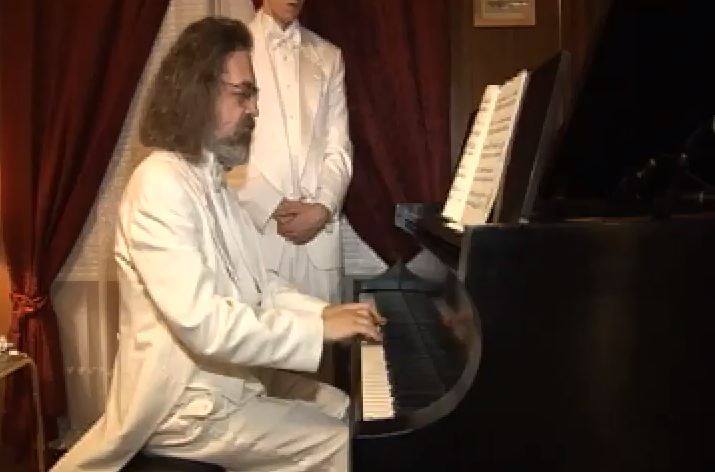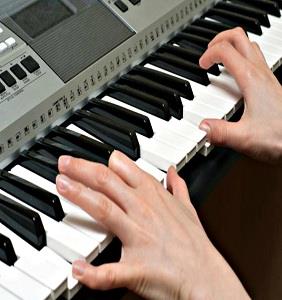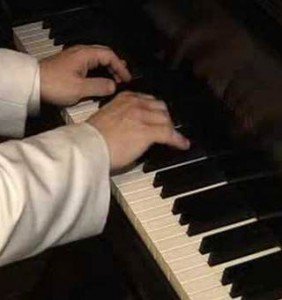7 Tips To Make A Successful Group Piano Composition

The pleasure of working on a composition is only known to the musicians. It’s one of the brainstorming sessions of all the time because you are expected to make a refreshingly new song for your concert or record. However, there’s a lot that goes into making a song work. It’s usually easier and comfortable to do it in your own speed but the task becomes herculean when “group” is prefixed.
Many known music composers find their bliss in creating the composition without second person’s inclusion but in the history of music industry, group compositions have hailed as much as the solo compositions. Interestingly, the potential of group composition might surprise you as it resonates many personalities in one song.
Piano compositions are usually done piece by piece and later adjoined to form a full piece of music. To make it a group work, the biggest challenge is the consistency of thoughts keeping the diverse ideology of pianists in mind.
How could you possibly make it less clumsy and add to soul to the music?
There could be many ways devised by teachers but one of the interesting way to bring out the creativity in your students without compromising on the quality is defined below (step by step):
Step 1: Select an original song as your base
Well, the trick is to keep an original song as the base song for your students to work further on it. If your class consists of students ranging from beginners to advanced level then the sane idea would be to go for a easy chord song like song based on Cmaj. The bands like Beatles, Lady Antebellum, etc have their songs recorded in easy chords. Do a better survey before selecting a song.
Step 2: Introduce it to your students
Your advanced level students may want to show you some creativity but beginners would follow what you’ll ask them to learn. Accept all types of pianists in your group.
Step 3: Call your students for a one-on-one session
Ask everyone to write the lyrics-only of the song on a paper that you chose for them earlier. After this, take their one-on-one session in which you will ask them to change one word of the sentence at a time with another one that has same syllable and rhythm. For example, change ‘walk’ in the sentence “I’d walk a million miles with you” with ‘talk’.
Step 4: Rule of division
Now, divide your students into sub groups as per the stanzas and chorus given in the base song. Assign the stanzas to each group. Ask each group to individually come up with their versions of the particular stanza through the method explained in step three.
Step 5: Collect the sheets from everyone
It’s time to put all ideas into a shape of a consistent song. You would be surprised to see how people have a different outlook and how creative it could get. Mark all sheets with the name of students so that you can ask them for amends if required.
Step 6: Put the pieces back
After going through the suggestions from your students, you’ll have to do the major work of putting all the scattered pieces back into the song. Meaning, rhythm and consistency are the key ingredients to the task.
Step 7: Introduce the new composition
Give back the surprise to your students. Tell them how they were part of a group composition. Recognize their efforts and motivate them to play a collaborated piece of this new song now. Improvisation is the key to success. Make use of your experience to replace all incongruent part.
Lastly, the new song would need variations which are best discovered by trial and error. Experiment with the song and start writing them down in the final note.
What are the points-to-remember?
This 7-step method may sound easy but it’s not as simple as it may look. Your students might feel exhausted, lack newness or mess up the basics. These are the sectors where you’ll need to put your energy to inculcate them to complete their tasks. Some points to muster upon before the final shot:
1.Syllable/rhythm of the song shall remain same as that of original song
2.Allow your students to take help from their parents, friends and family
3.The whole composition should make sense
4.It should have a meaning consistency overall
5.Teacher must edit wherever necessary
6.Don’t be afraid to introduce variation, if needed
Take-Away Note:
For beginners, it’s a great away to learn how to create music. The original song works as the backbone for everyone hence, there are less chances of dropping out the idea. A group piano composition once a year is a must for very piano teacher to include in their course.






